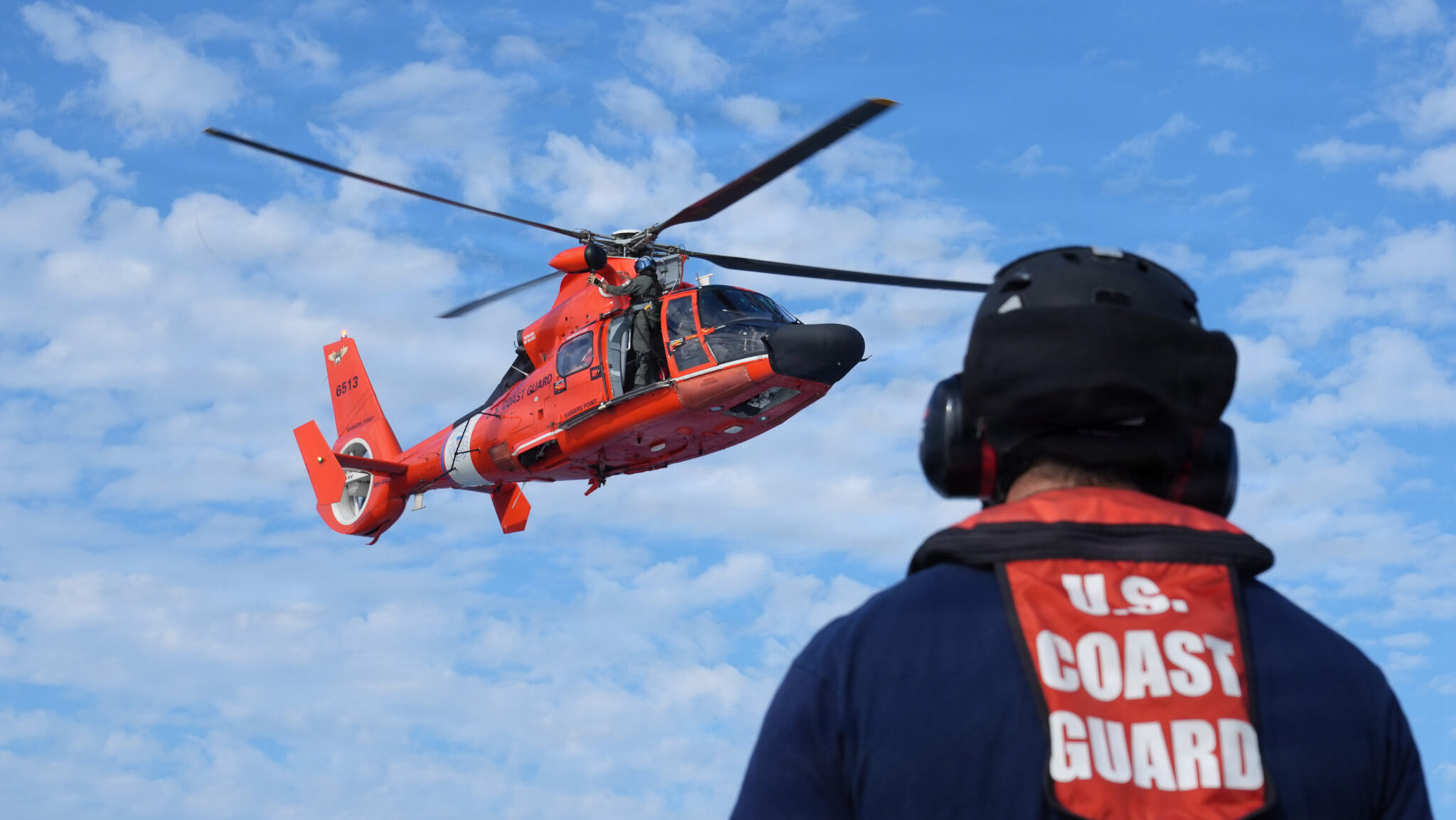The availability of aircraft within the United States Coast Guard has declined over the past two decades, according to a report from the Congressional Budget Office (CBO). While the Coast Guard’s aircraft inventory remains relatively comparable to the Pentagon’s aviation fleets, both availability rates and inventories have shown slight decreases.
The Coast Guard operates approximately 100 H-65 helicopters, 50 H-60 helicopters, and 50 fixed-wing aircraft, which serve various functions from surveillance to heavy transport. The CBO’s findings indicate that overall aircraft availability rates have decreased, with fixed-wing aircraft availability improving from 41.8 percent in 2006 to 50.5 percent in 2024. Conversely, helicopter availability has dropped from 60.7 percent to 47.8 percent during the same period.
Inventory Changes and Budget Allocations
The CBO report highlights a general decline in the Coast Guard’s aircraft inventory. In 2006, the service had 68 fixed-wing aircraft and 134 helicopters, compared to 53 fixed-wing aircraft and 146 helicopters in 2024. The total inventory reflects a modest reduction of just three aircraft over the 18-year span.
Recent legislation allocated $3.7 billion to the Coast Guard for procuring new aircraft, alongside an additional $2.2 billion designated for depot-level maintenance facilities. During a Senate hearing on March 13, 2024, Adm. Kevin Lunday, nominated to become the commandant of the Coast Guard, indicated a plan to use these funds to procure up to 40 MH-60 helicopters and six C-130J aircraft.
Concerns were raised during the hearing regarding the Coast Guard’s purchase of “two luxury executive jets for more than $172 million.” Some Democratic senators questioned whether these funds could have been better utilized to sustain search and rescue stations that the Coast Guard is contemplating closing as part of ongoing restructuring efforts.
Operational Necessity and Future Considerations
Adm. Lunday defended the acquisition of the jets, stating they are vital for operations that provide senior Department of Homeland Security (DHS) and service leadership with secure command and control capabilities during emergencies. He also addressed the potential closures of certain facilities, noting that the analysis is still in its early stages.
“There is a statutory process if the Coast Guard were to move forward with any closure of stations that includes public comment and input,” Lunday stated. He acknowledged the strong interest from the community regarding the Coast Guard facilities in their areas.
This report underscores the challenges faced by the Coast Guard as it seeks to balance operational readiness with budgetary constraints. As the service navigates these issues, the implications for both personnel and public safety remain a focal point for policymakers and the communities they serve.
